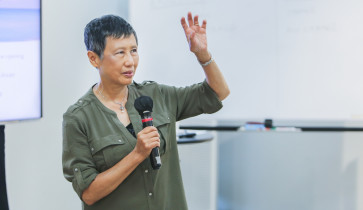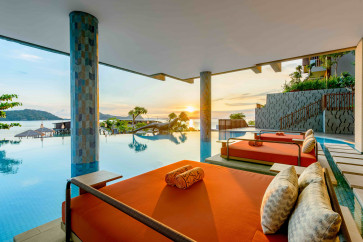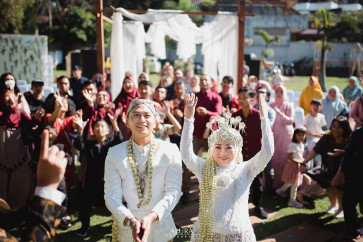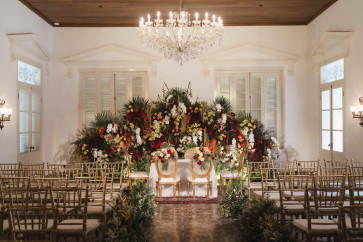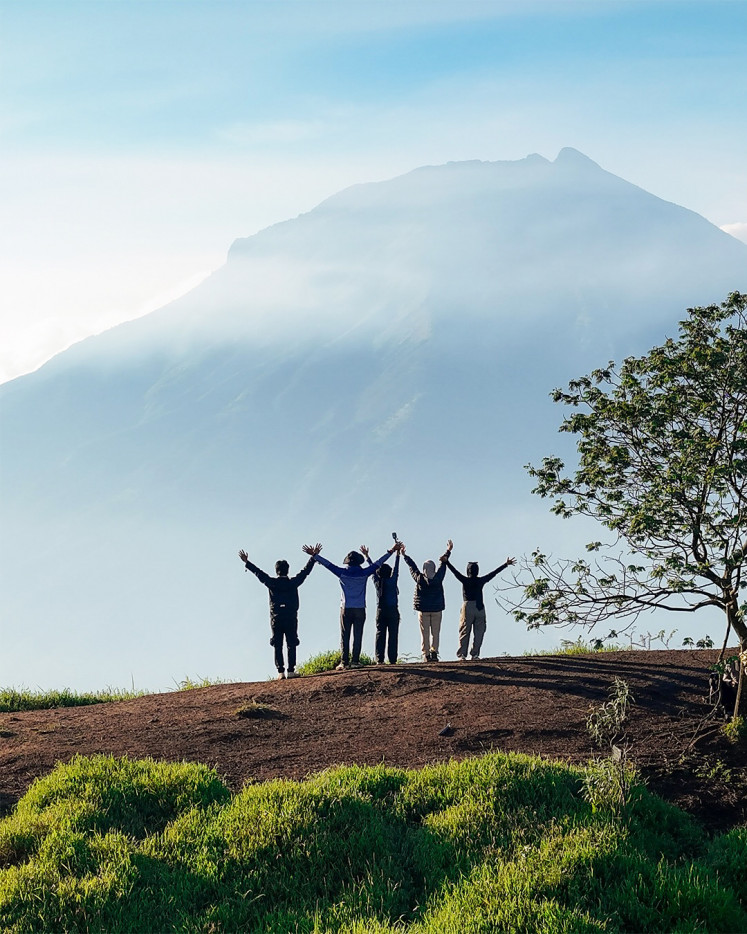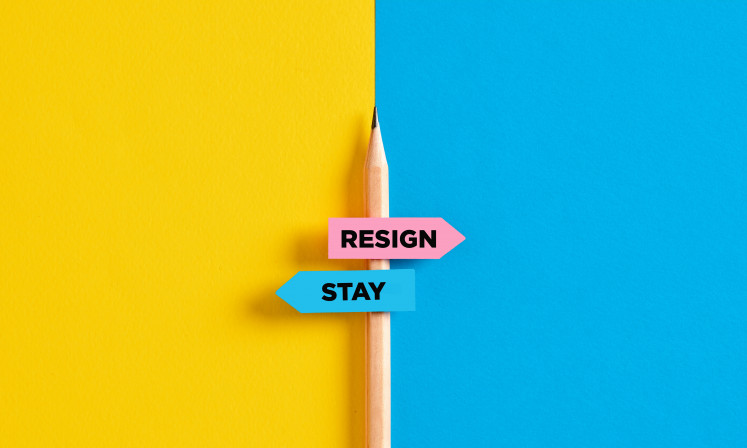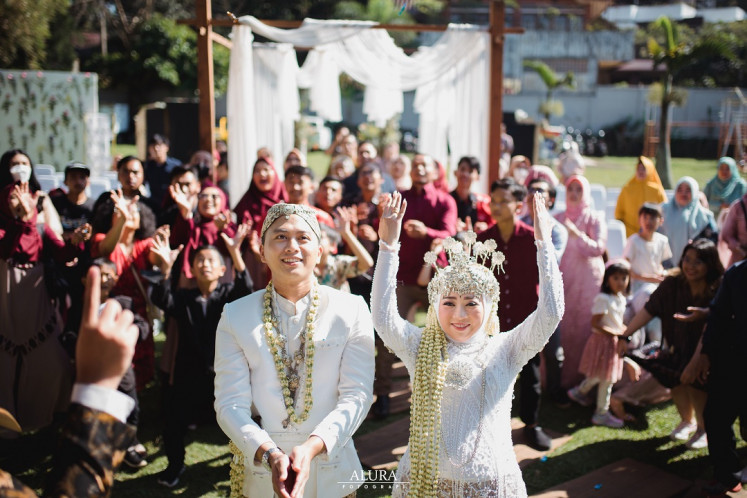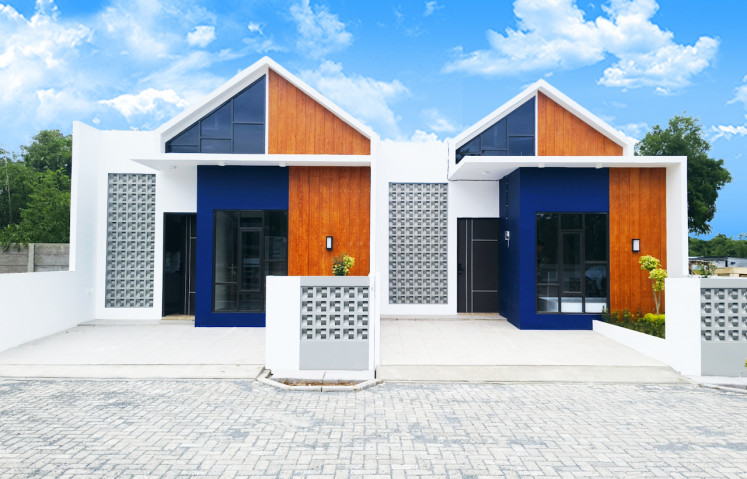From anti-mosquito fabrics to quick-dry tech, local outdoor brands offer affordable, quality gear made for Indonesia's tropical conditions.
It was 2 a.m. high on the slopes of Mount Merbabu in Central Java, and the world around me was pitch black. But when I turned around, a trail of glittering headlamps lit the rocky path I had just hiked like a string of stars winding up the mountain.
When I signed up to summit a 3,145-meter peak, I pictured a quiet, mystical climb reserved for the skilled and adventurous. But that night, I was far from alone. Dozens of other hikers were on the same journey.
What surprised me more was how my fellow climbers didn’t look like mountaineers. Halfway up the trail, I realized I wasn’t just seeing Merbabu’s peak for the first time, I was seeing how much Indonesia’s mountain tourism has changed.
“Online content makes it easy to show how fun this activity is. It makes it seem less scary for newcomers,” says Andri Gunawan, a guide from Tiga Dewa Adventure.
“They see it online and then they want to see the beautiful views with their own eyes.”
Today, the country’s major summits—from Merbabu to Prau and Rinjani—are drawing record crowds. Last year, Merbabu alone welcomed 189,000 climbers, up from 164,000 in 2022. The easier 2.6-kilometer trail of Mt. Prau saw 112,000 visitors in 2023, an increase of 22,000 visitors from the previous year. Even the more technical 3.7-km Rinjani’s visitors saw numbers jump by 40 percent, from 126,000 in 2023 to 177,000 in 2024.

Thank you!
For signing up to our newsletter.
Please check your email for your newsletter subscription.
As I took a photo of the sunrise, it became crystal clear: Mountain climbing is no longer just for pros. It’s become a new kind of everyday adventure—fueled perhaps by FOMO or a need to disconnect from screens and reconnect with nature—having become more accessible and affordable.
Nowadays, the difficult part of climbing mountains is just the climbing itself.
Trails for the masses
With this high-altitude boom, local trip operators like Tiga Dewa Adventure have been stepping up to make the outdoors feel less intimidating for beginners.
“Since the mountains opened up again, we’ve seen nearly triple the demand for organized trips,” Andri says.
“We now have a bigger team on the field and behind the scenes.”
Indonesia's mountain trails have seen a post-pandemic boom, reconnecting beginners and casual climbers with nature. (Courtesy of Tiga Dewa Adventure)
Established in 2008, the company now runs around 480 trips a year—up from barely 200 trips before the pandemic—with 500 to 800 climbers every week. Its online presence is booming too, with 183,000 Instagram followers and 85,000 on TikTok.
Their packages make the climb itself the only real challenge. Food, permits, transport, tents—everything else is handled in a neat, convenient all-in-one service.
“Around a third of our trip-goers each week are complete beginners,” Andri adds.
“Our most popular destinations now are the somewhat less intimidating mountains like Papandayan, Prau and Merbabu.”
Though Tiga Dewa began with a focus on Indonesia’s seven highest summits, demand for other mountains is climbing fast.
The biggest difference now? The demographic.
Compared to five years ago, when most hikers were seasoned nature lovers, today’s trails are trekked by teenagers, Gen Zs in their early 20s and even Gen Xers in their 50s.
Many have never set foot on a mountain before, but they’re showing up to experience something new, to challenge themselves and to chase the feeling of standing above the clouds—and then posting their summit shots soon after.
One viral sunrise reel is all it takes to inspire dozens more to give it a try.
Gearing up for everyone
The gear has evolved, too. While once reserved for hardcore climbers, brands like EIGER Tropical Adventure now serve a wider market.
“People who buy our products aren’t necessarily technically proficient veterans anymore,” EIGER Tropical Adventure public relations specialist Shulhan Rijal tells me.
“Our customers are now more casual.”
Founded in Bandung in 1989, EIGER now has over 265 stores across Indonesia, up from 196 in 2021. Over the past seven years, they’ve expanded into hybrid gear that works on the trail but also fits into everyday life.
“Now, our millennial customers are purchasing our products for their kids so they can go hiking or camping together,” Rijal explains.
“And there’s a large influx of Gen Z customers who are just getting into the outdoor lifestyle. They want to get out of the house and experience nature, but their lives don’t revolve around that.”
This shift has taken EIGER to new heights. And they’re not alone. Local brands now dominate over 75 percent of Indonesia’s outdoor gear market, including Consina, Arei Outdoor Gear and Antarestar. They have an edge, tailoring their products for the tropical terrain.
“There’s a massive difference between Western and Indonesian mountains. Local products have tropical functionality in mind, like anti-mosquito technology,” Rijal shares.
Their equipment isn't just more suitable to the harsh conditions of Indonesian summits, but it’s more affordable too, which means more people can gear up properly for the climb.
The summit is calling
If you ask me, climbing still isn’t exactly an easy weekend escape you can wing with just a new backpack and a viral reel. It’s long and tiring, and it comes with real risks. There’s no signal on the trail and you can only post your content afterward.
While the mountaineering industry has made Indonesia’s summits feel more attainable than ever—with seamless logistics thanks to trip organizers and affordable gear from a variety of local brands—no one else can do the hard part for you.
And as I hiked with tired feet to witness Merbabu’s sunrise, I realized that the summits of our country are closer than they’ve ever been. You can’t fully understand it through a screen. You have to climb it yourself. But once you do, the view is always worth the struggle.
Since the mountains opened up again, we’ve seen nearly triple the demand for organized trips. - Andri Gunawan
So, plan ahead, train your legs and pack smart. The peak doesn’t come free—but it’s yours if you’re ready for it.
Aqraa Sagir is a writer for The Jakarta Post's Creative Desk. He’s chronically online in the hope it would be a useful asset for the job.




